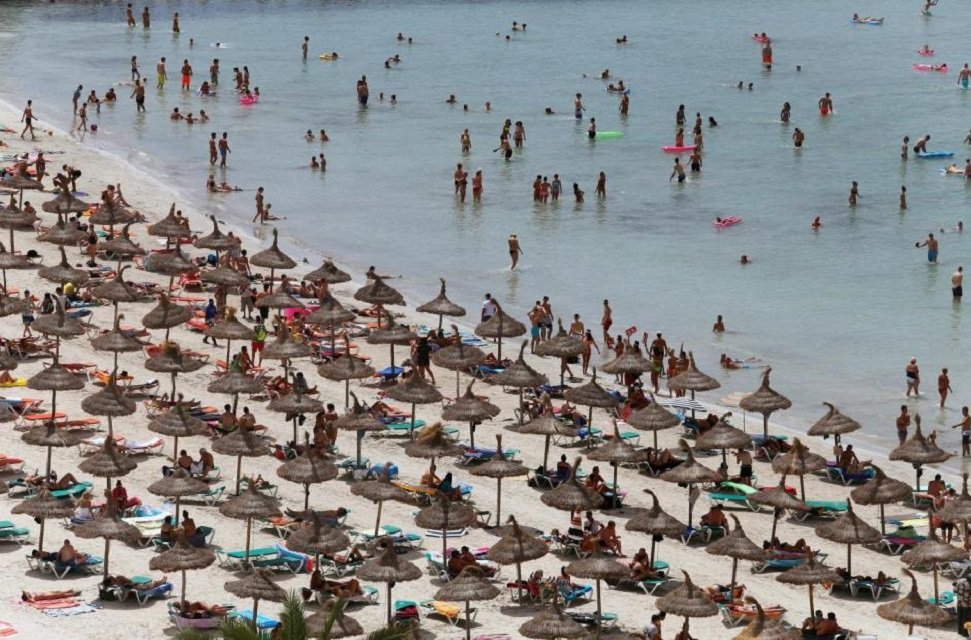
"It is expected" that Spain will take the second position with some 82 million visitors last year, United Nations World Tourism Organisation (UNWTO) chief Zurab Pololikashvili told reporters.
Definitive figures, however, will only be published in the spring.
Pololikashvili did not give any details about the United States, nor did he explain why Spain took the second spot despite a terror attack in August and a highly mediatised independence crisis in tourism magnet Catalonia, home to Barcelona and Costa Brava beaches.
Spain issues arrest warrant for Catalan leader
John Kester, head of tourism trends at the UN agency, added that "everything indicates" that France would retain its top spot in 2017 - a good year for the industry as the number of global tourists leapt seven per cent on 2016, the biggest increase in seven years.
Europe was the star of the show as it attracted a large number of visitors, up eight percent from the previous year, lured in particular by the Mediterranean's sea and sun.
This contrasts with 2016 figures that saw security fears hit visitor arrivals in Europe.
"We do see that demand for European destinations has been very strong," said Kester.
"We also see important recovery in France," he added, without giving further details about a country that was hard hit by extremist attacks.
Spain also suffered a deadly militant attack in August in Catalonia, the same region whose leaders tried unsuccessfully to break away from Spain, triggering a major crisis that shook Europe.
And while the political crisis sparked a drop in visitor numbers to the northeastern region as massive demonstrations were staged following the independence bid, it does not appear to have dented overall tourist figures for Spain in 2017.
Govt initiates process to formulate tourism policy
In 2016, Spain welcomed 75.3 million visitors, just behind the United States with 75.6 million, while France - despite its own terror woes - easily remained the world leader with 82.6 million visitors, according to the UNWTO.
International tourism to the United States shrank during the first five months of Donald Trump's presidency, according to the US International Trade Administration.
Arrivals fell five percent in the first quarter and three percent in the second quarter, official figures show.
Spanish Prime Minister Mariano Rajoy had already announced last week that tourism numbers had soared, saying total earnings in a sector that accounts for 11 per cent of Spain's gross domestic product (GDP) rose 12 per cent to 87 billion euros ($107 billion) in 2017.
He praised the Spanish tourism sector's ''great effort'' to become more competitive.

















COMMENTS
Comments are moderated and generally will be posted if they are on-topic and not abusive.
For more information, please see our Comments FAQ